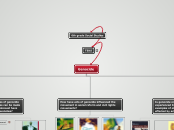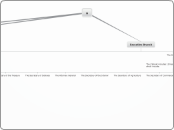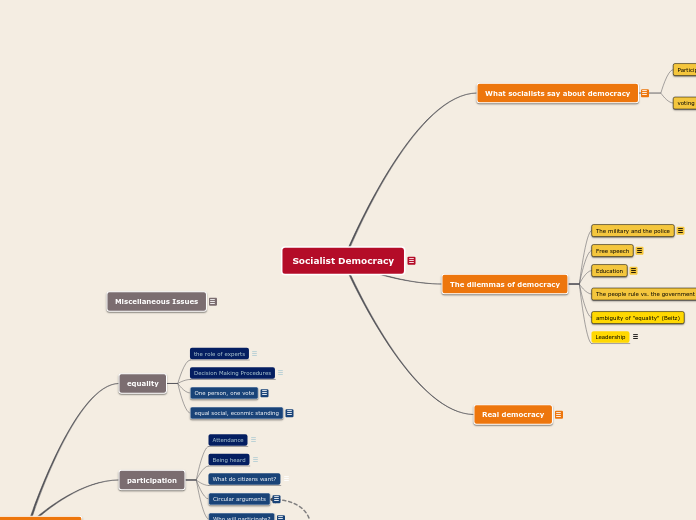TEKS
6th grade social studies TEKS:
113.18: (b) Knowledge and skills.
(1) History. The student understands that historical events influence contemporary events. The student is expected to:
(A) trace characteristics of various contemporary societies in regions that resulted from historical events or factors such as invasion, conquests, colonization, immigration, and trade; and
(B) analyze the historical background of various contemporary societies to evaluate relationships between past conflicts and current conditions.
(2) History. The student understands the influences of individuals and groups from various cultures on various historical and contemporary societies. The student is expected to:
(B) evaluate the social, political, economic, and cultural contributions of individuals and groups from various societies, past and present.
(11) Government. The student understands the concepts of limited and unlimited governments. The student is expected to:
(C) identify reasons for limiting the power of government; and
(D) review the record of human rights abuses of limited or unlimited governments such as the oppression of Christians in Sudan.
(15) Culture. The student understands the similarities and differences within and among cultures in various world societies. The student is expected to:
(B) identify and describe common traits that define cultures;
(F) identify and explain examples of conflict and cooperation between and among cultures.
(21) Social studies skills. The student applies critical-thinking skills to organize and use information acquired through established research methodologies from a variety of valid sources, including electronic technology. The student is expected to:
(A) differentiate between, locate, and use valid primary and secondary sources such as computer software; interviews; biographies; oral, print, and visual material; and artifacts to acquire information about various world cultures;
(B) analyze information by sequencing, categorizing, identifying cause-and-effect relationships, comparing, contrasting, finding the main idea, summarizing, making generalizations and predictions, and drawing inferences and conclusions;
(C) organize and interpret information from outlines, reports, databases, and visuals, including graphs, charts, timelines, and maps;
(D) identify different points of view about an issue or current topic;
(E) identify the elements of frame of reference that influenced participants in an event; and
(F) use appropriate mathematical skills to interpret social studies information such as maps and graphs.
6th grade Social Studies
Caught by History: Holocaust Effects in Contemporary Art, Literature, and Theory
Genocide
Is genocide only something that can be experienced through loss of life?
Cultural genocide
Subtopic
The Silent Genocide: Aboriginal Language Loss FAQ
How have acts of genocide influenced the movement in social reform and civil rights movements?
What references can be made to how events of the Holocaust have had an effect on our current societies?
A Rippling Effect of the Holocaust
Aftermath of the Holocaust









